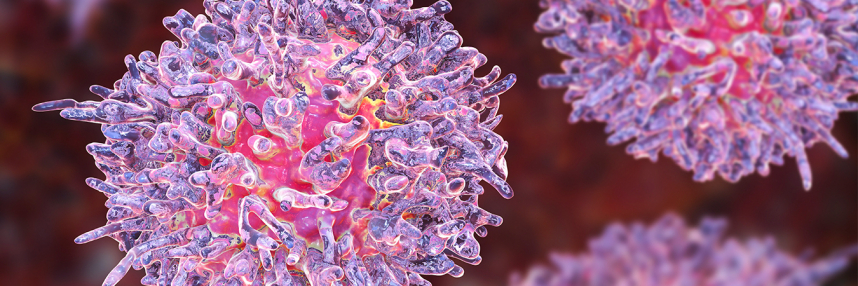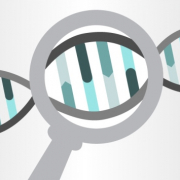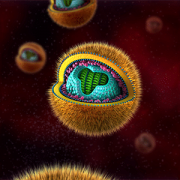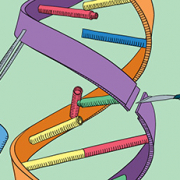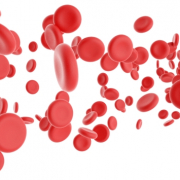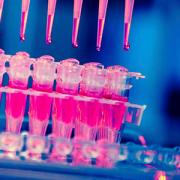Richter’s syndrome study published
A new study by GEP fellow Niamh Appleby has found potential pathways and targets for the treatment of Richter’s syndrome – an aggressive form of adult leukaemia
Richter’s syndrome (RS) is an extremely serious condition, but we still know very little about what causes it to develop. Below, GEP fellow Niamh Appleby explains the findings from her recent study, which analysed samples from RS patients using whole genome sequencing.
Understanding RS
Chronic lymphocytic leukaemia (CLL) is the most common adult leukaemia, affecting over 6,000 people in the UK each year. Between 2% and 15% of people affected with CLL will develop a condition called Richter’s syndrome (RS), where CLL behaves like an aggressive, high-grade B-cell lymphoma. While the people with CLL generally live for many years, RS carries a dismal prognosis.
We don’t know exactly how or why some people with CLL develop RS, so we wanted to examine the cells of people with the conditions to find any differences in the DNA that might explain how RS develops. We knew that these differences could also provide clues to develop new and more effective treatments for those living with RS.
Using whole genome sequencing
Our group analysed patient samples from the recent UK clinical trial for RS. In this study, we conducted whole genome sequencing (WGS) of paired DNA samples taken from circulating leukaemia cells in the blood, as well as from the lymph node biopsy that showed the condition.
Crucially, WGS allowed us to examine the part of the genome that encodes proteins as well as the non-coding genome, which plays a role in gene regulation.
From the study, we made the following discoveries:
- In the lymph node tissue from people with RS, the DNA had numerous cancer driver mutations previously found in cases of CLL with a high risk of adverse clinical outcomes, including not responding to chemotherapy. We also found mutations in genes in the DNA damage response pathway, showing us how these cancer cells evade cell death. In addition, we identified new genomic aberrations not previously implicated in the condition.
- In the non-coding genome, there were regions of extensive mutation (known as kataegis) in the RS lymph node DNA. These regions of kataegis affected the regulation of genes with key roles in the immune system, including growth and cell signalling.
- We also used our WGS results to look at the overall pattern of mutations (known as the global mutation signature) in the paired samples of circulating leukaemia cells and lymph node tissue from the same patient. This indicated that alterations to the DNA damage repair response are the dominant mechanism that drives the transformation from CLL to RS.
- Genes work together in functional cellular pathways. Mutations in the genes or changes in the number of copies of a gene can impact on these pathways, disrupting the function of the cell and leading to cancer. We examined the interactions of genetic mutations and alterations in the copy numbers of genes within cellular pathways and found that changes in cell-signalling MAP kinase and DNA damage response pathways play an important role in RS. We also evaluated an independent cohort of patients with RS from Sweden by a different method, and confirmed the key role of these two pathways.
Our results suggest exciting potential pathways and targets for the treatment of RS, and will inform the future selection of innovative therapies for a UK clinical platform study called STELLAR (NCT03899337).
The full paper is now available to read online.
–


